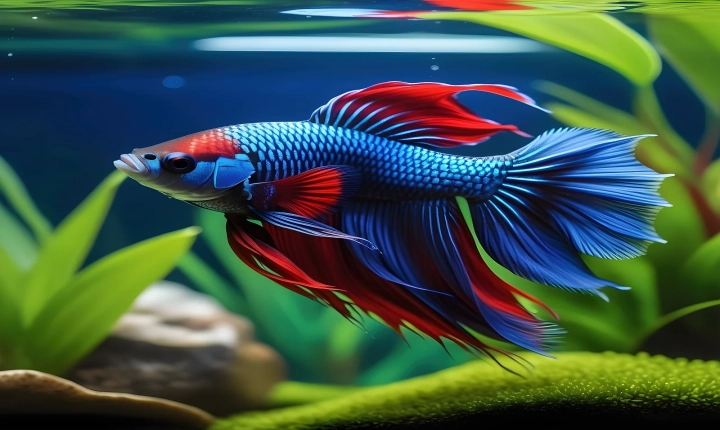Title: Can ChatGPT Write Jokes that Make Us Laugh?
In recent years, artificial intelligence has made significant strides in its ability to generate human-like text, leading to the widespread use of language-processing models for various applications. One such model, OpenAI’s GPT-3, has gained attention for its impressive capability to understand and produce natural language. Among its many features, GPT-3 has the ability to generate jokes, leading to the question: can ChatGPT write jokes that make us laugh?
To answer this question, it’s essential to consider humor as a complex aspect of human communication. Humor often relies on wordplay, puns, cultural references, and situational context, all of which require a deep understanding of language and social dynamics. While GPT-3 can produce text that resembles human language, the ability to generate genuinely funny jokes involves a deeper understanding of language nuances and social context.
When it comes to generating jokes, ChatGPT can provide contextually appropriate responses that include humorous elements. For example, it can recognize set-ups and punchlines, applying wordplay and unexpected twists to mimic the structure of a joke. Its vast knowledge base allows it to draw from a wide range of sources and concepts, leading to the creation of jokes with diverse themes and styles.
However, the humor generated by ChatGPT can be hit or miss. The model may produce jokes that are clever and amusing, eliciting a chuckle or a smile from the reader. On the other hand, its attempts at humor can sometimes fall flat, failing to capture the essence of a truly humorous or witty remark. This variability in comedic success highlights the limitations of AI in understanding the complexities of human humor.
Furthermore, humor is deeply rooted in cultural and social contexts, making it challenging for an AI model to consistently produce jokes that resonate with diverse audiences. Jokes often rely on shared knowledge, experiences, and linguistic nuances, which can vary widely across different demographics and communities. As a result, ChatGPT’s ability to generate universally appealing humor is limited by the breadth of its training data and the diversity of its creators.
While ChatGPT’s attempts at humor may not always hit the mark, its capability to generate jokes still holds potential value. The model can serve as a source of lighthearted entertainment and creative inspiration, offering amusing responses that spark joy and laughter in some instances. It can also be leveraged in the development of interactive applications and chatbots, enriching user experiences with playful and engaging interactions.
Ultimately, the question of whether ChatGPT can write jokes that make us laugh reflects the ongoing advancement of AI in understanding and emulating human communication. While the model’s attempts at humor may not consistently deliver belly laughs, they offer insight into the evolving landscape of AI-generated content and its potential impact on entertainment and social interaction.
As technology continues to progress, the quest to create AI systems that authentically capture the essence of human humor remains a compelling challenge. Whether ChatGPT and its successors can eventually master the art of generating universally beloved jokes remains to be seen, but the journey toward that goal sparks curiosity and the occasional smile along the way.
